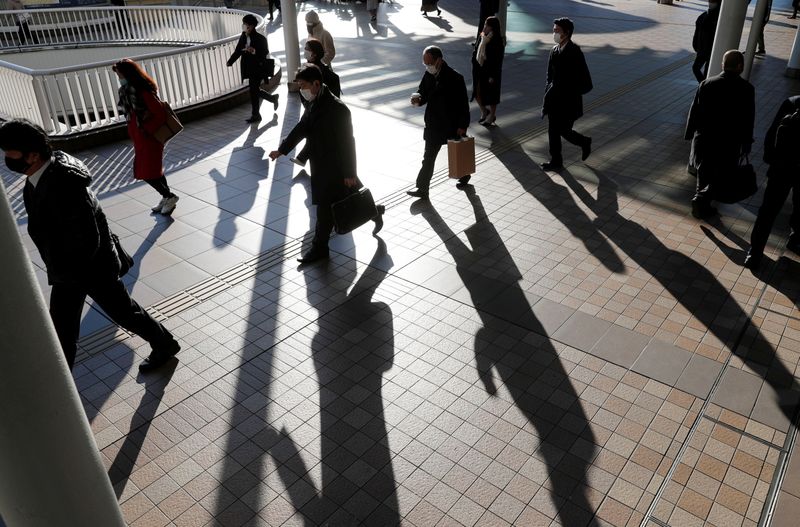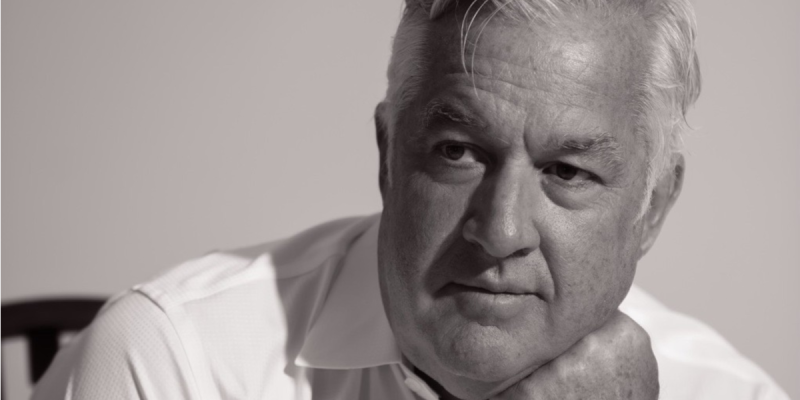TOKYO (Reuters) – Japan is considering extending a state of emergency from the Tokyo metropolitan area to other regions as coronavirus cases increase, a move that could heighten the risk of a double-dip recession for the world’s third-largest economy.
Prime Minister Yoshihide Suga conceded that the measures that took effect in the capital region on Friday might also be needed in other parts of the country as infections spread.
The government has resisted calls from some experts for wider curbs beyond those imposed in Tokyo because of the economic pain they would cause.
Analysts and officials have warned the limited, one-month state of emergency targeting Tokyo and neighbouring prefectures could lead to a contraction in economic growth for the current quarter.
“There’s no doubt it will affect January-March growth,” Finance Minister Taro Aso told reporters, when asked about the economic impact.
Another contraction in April-June, though considered unlikely for now, could become a reality if broader and longer curbs become necessary to slow the spread of COVID-19, some analysts say.
That would push Japan into another recession, defined as two consecutive quarters of economic contraction, following one in the first half of last year.
The western prefecture of Osaka, the country’s second-largest urban area, plans to ask the government to impose a state of emergency there, its governor said on Friday. Kyoto and Hyogo – two other prefectures in western Japan – are expected to make the same request, media reported.
“We’ll work closely with the regions and respond as needed,” Suga told reporters earlier when asked about the expected requests from the prefectures.
Many policymakers say the hit to growth this time will not be as severe as last year’s state of emergency, which hurt retailers nationwide and forced many manufacturers to suspend production.
Robust overseas demand and the boost to growth from massive government stimulus will offset some of the pain, analysts say.
‘MODERATE PICK-UP’
But prospects of a broader and longer state of emergency cloud the outlook for the economy, which is still emerging from a record slump in April-June last year.
“Even if the state of emergency is lifted, Japan would have to balance the need to curb new infections in resuming economic activity,” said Yoshiki Shinke, chief economist at Dai-ichi Life Research Institute, who expects the economy to contract an annualised 3.7% this quarter.
“The economy may resume positive growth in April-June but the pace of pick-up will be moderate,” he said.
Capital Economics expects lockdown measures to be extended by another month, and lead to a 1.5% quarter-on-quarter drop in consumption in January-March.
“The drop could be larger if more draconian restrictions are extended nationwide,” said Capital Economics senior Japan economist Marcel Thieliant.
“Even then though, consumption should hold up better than last year simply because it is still depressed.”
Suga said the government would support the economy with reserves set aside under stimulus packages already rolled out, signalling that no additional packages were forthcoming.
But the government may come under pressure for bolder action if the battle to contain the pandemic brings another recession, some analysts say.
Though less seriously hit by the pandemic than many other countries, Japan has been unable to rein in the virus, with recorded daily infections exceeding 7,000 for the first time on Thursday. In total, it has seen 267,000 cases and nearly 3,900 deaths.
(Reporting by Chris Gallagher and Leika Kihara, additional reporting by Tetsushi Kajimoto and Ju-min Park; Editing by Sam Holmes, Robert Birsel and Kim Coghill)






















